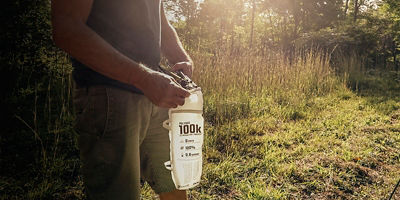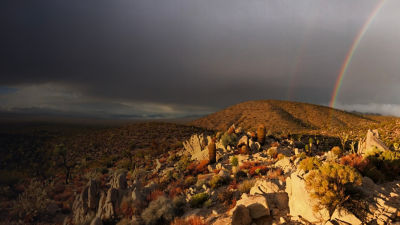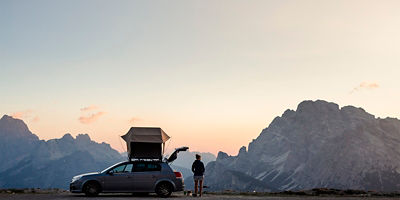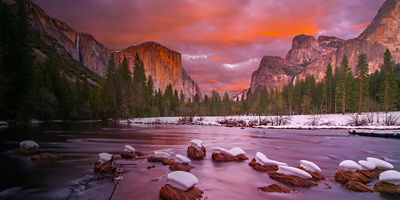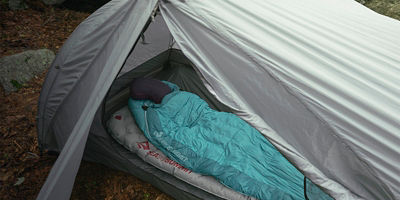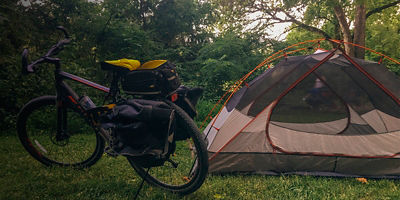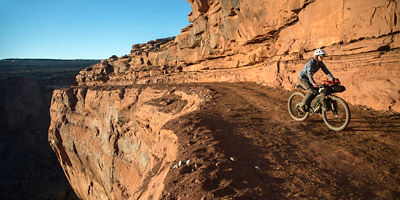NEMO Dragonfly OSMO Bikepack 2 Person Tent
About This Item

Sleeps 2

Backpacking

0 - 2 lbs.
STORAGE:
- Comes with a durable carry bag with a ripstop roll-top design with tie-down straps that are perfect for fastening to your bike
- Large vestibule with NEMO's new Landing Zone™ storage tub offers plenty of gear organization and space
DESIGN & DETAILS:
- Ultra-lightweight design makes this tent the perfect choice for hiking and biking trips
- Aluminum DAC Featherlite® poles are made of shortened segments that keep the packed size small for easy transport
- Tent uses premium materials and a tapered floor that helps you save weight without sacrificing livable space
- Webbing daisy chain situated above the door is perfect for drying clothing
- Flame-resistant coating is free of toxic chemicals so you can feel safe and secure without worrying about the materials of your tent
- Color-coded anodized poles and matching webbing make set-up a breeze
- Strut vents on each zipper flap offer ventilation
- Brand : NEMO
- Country of Origin : Imported
- Web ID: 23VYOUDRGNFLYSMBKCATA
- SKU: 23853291
| End Use | Backpacking |
|---|---|
| Season | 3 Season |
| Capacity (people) | 2 Person |
| Minimum Trail Weight | 3 lb 0 oz / 1.36 kg |
| Packed Weight | 3 lb 13 oz / 1.72 kg |
| Floor Dimensions | 88" x 50-45" / 223.52 x 127-114 cm |
| Peak Height | 41" / 105 cm |
| # of Doors | 2 |
| Design Type | Freestanding |
| Packed Size | 14.5" x 6.5" / 37 x 15.92 cm |
| Floor Area | 29 ft² / 2.7 m² |
| Vestibule Area | 10.0 ft² / 0.9 m² |
| Footprint Included | No |
| Number of Poles | 1 |
| Pole Material | DAC Featherlite NSL aluminum |
| Fabric | Floor: OSMO™ Ripstop (2000 mm); Rainfly: OSMO™ Ripstop (1500 mm); Canopy: 10D Nylon ripstop/ No-see-um mesh |
REVIEWS
Read All Reviews (9)
How are we doing?










